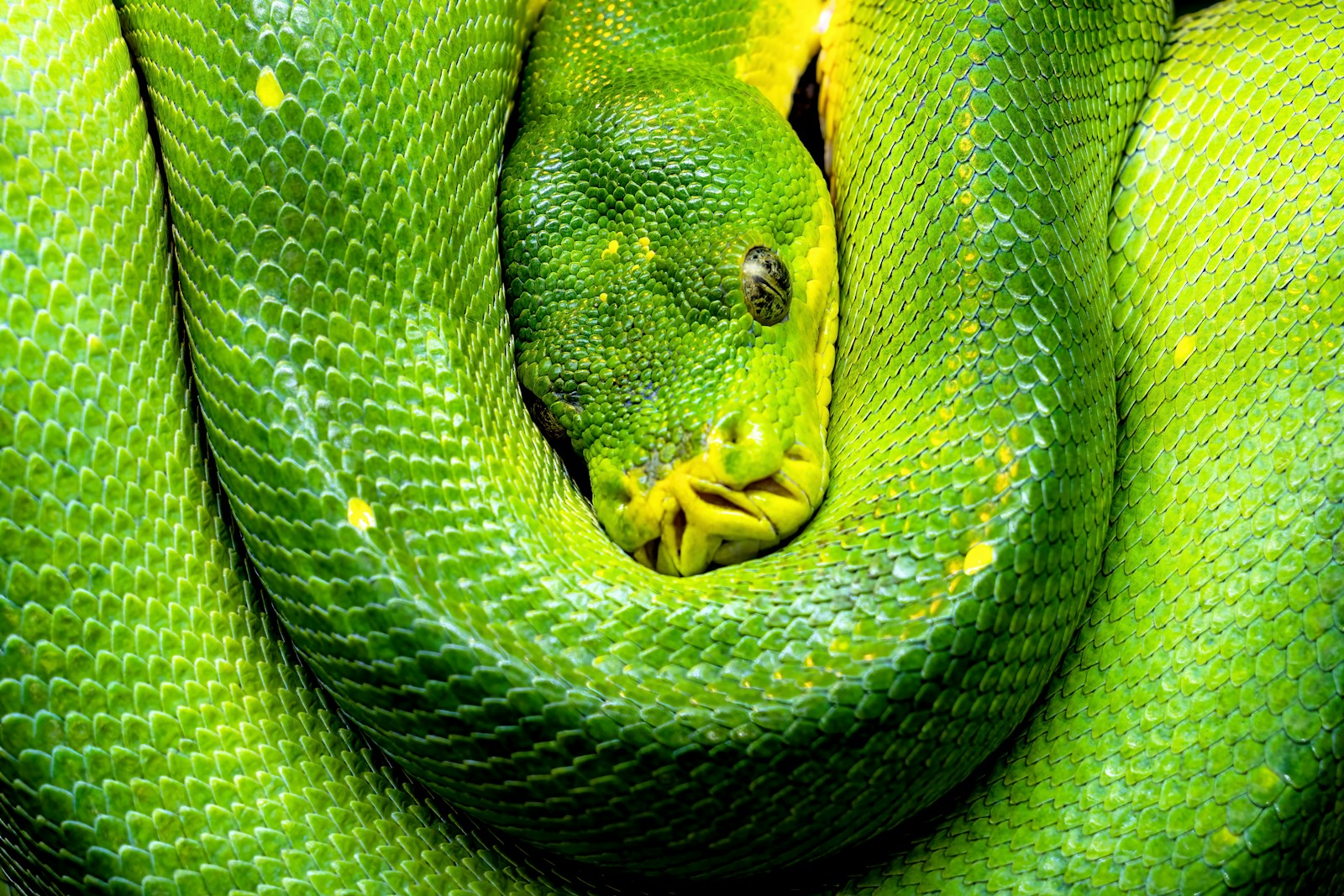Throughout human history, few creatures have captured our collective imagination quite like the snake. Sinuous and mysterious, snakes have slithered their way into the symbolic language of civilizations across the globe. In the realm of alchemy and esoteric traditions, the serpent holds particular significance—representing transformation, wisdom, and the cyclical nature of existence. From the ouroboros devouring its own tail to the kundalini energy rising through chakras, snake symbolism offers a fascinating window into humanity’s search for hidden knowledge and spiritual enlightenment. This article explores the rich and multifaceted symbolism of snakes across various alchemical and esoteric systems, revealing how this remarkable creature has become a powerful metaphor for the most profound mysteries of life, death, and rebirth.
The Ouroboros: The Eternal Cycle

Perhaps the most recognizable snake symbol in alchemy is the ouroboros—a serpent forming a circle by consuming its own tail. Dating back to ancient Egyptian iconography and later adopted by Greek alchemical texts, this powerful symbol represents the eternal cycle of destruction and recreation. The ouroboros embodies the concept of “All is One,” suggesting that endings lead to beginnings in an unbroken continuum. In alchemical texts, it often encircles the cosmos, representing the unity of all matter and the cyclical nature of the Great Work. The symbol speaks to transformation without beginning or end—mirroring the alchemist’s quest to transform base materials into gold, or the soul’s journey toward enlightenment through continuous self-renewal and refinement.
Serpents in Ancient Alchemy

The earliest alchemical traditions from Egypt, China, and Greece all featured serpents prominently in their symbolism and processes. In Egyptian alchemy, the serpent deity Wadjet represented protection and royal power, while also connecting to the transformative aspects of the afterlife journey. Chinese alchemical traditions associated serpents with longevity and immortality, particularly through their connection to dragons and the life-giving properties of water. Greek alchemists, influenced by Egyptian wisdom, adopted the serpent as a symbol of Hermes Trismegistus, the mythical founder of alchemical science. In these ancient systems, the snake’s ability to shed its skin made it a perfect metaphor for the transformative nature of alchemical processes—representing the death of one state of being and the birth of another.
The Caduceus and Hermetic Tradition

The caduceus—a staff entwined by two serpents and often topped with wings—stands as one of alchemy’s most enduring symbols, particularly within the Hermetic tradition. Associated with Hermes (Mercury), the messenger of the gods and patron of alchemy, this symbol represents the reconciliation of opposites and the achievement of balance. The two serpents winding around the central staff symbolize dualities: masculine and feminine, solar and lunar, sulfur and mercury, fixed and volatile. Their intertwining paths illustrate the fundamental alchemical principle of solving et coagula—dissolution and coagulation—the breaking down of matter before reconstituting it in a purified form. Within Hermetic alchemy, the caduceus serves as a roadmap for spiritual and material transformation, guiding practitioners through the stages of the Great Work.
Kundalini: The Serpent Power
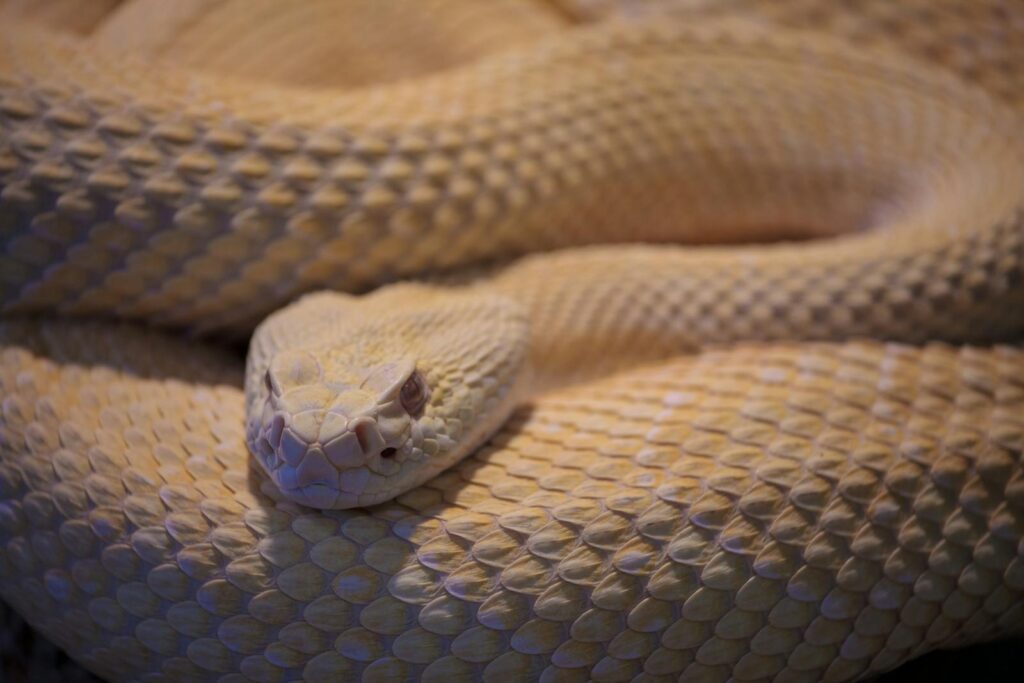
In Eastern esoteric traditions, particularly within the Tantric systems of Hinduism and Buddhism, the serpent manifests as kundalini—a coiled energy residing at the base of the spine. Depicted as a sleeping serpent wound three-and-a-half times around the first chakra, kundalini represents dormant spiritual potential waiting to be awakened. When aroused through meditation, breath work, or other spiritual practices, this serpent power rises through the central energy channel (sushumna), activating each of the seven chakras along its path. This ascension symbolizes spiritual awakening, with the kundalini serpent ultimately reaching the crown chakra and facilitating enlightenment or higher consciousness. The journey of the kundalini serpent mirrors the alchemical process—transforming base physical energy into refined spiritual awareness through a systematic purification and elevation.
The Serpent in Gnostic Traditions
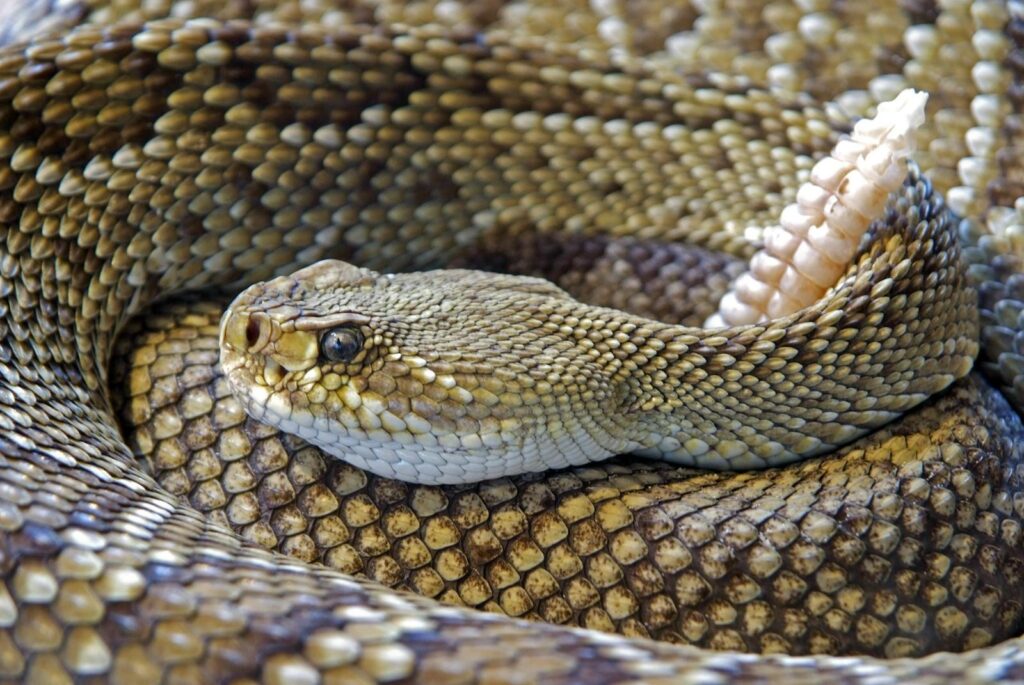
Gnostic traditions offer a radical reinterpretation of the biblical serpent, viewing it not as a tempter but as a liberator bringing divine knowledge to humanity. In many Gnostic texts, the serpent in the Garden of Eden represents the Logos or divine wisdom, offering Adam and Eve the fruit of knowledge that the false creator god (Demiurge) had forbidden. This perspective inverts conventional religious symbolism, casting the serpent as a positive figure who facilitates spiritual awakening rather than causing humanity’s fall. Some Gnostic sects, like the Ophites, even venerated the serpent as a representation of Christ himself—the ultimate bearer of hidden wisdom. This esoteric interpretation of the serpent aligns with alchemical thought, where knowledge leads to transformation and the breaking of artificial limitations imposed by conventional understanding.
Serpents in Medieval Alchemy

Medieval alchemists developed a rich visual language in which serpents played multiple symbolic roles, often representing specific chemical substances or processes. The green lion devouring the sun—a common medieval alchemical motif—sometimes appeared with serpentine qualities, representing the dissolving power of acids on metals like gold. Alchemical manuscripts frequently depicted serpents in various colors to represent different states of matter or stages in the transmutation process: black serpents for nigredo (putrefaction), white serpents for albedo (purification), and red serpents for rubedo (perfection). The medieval tradition also embraced the biblical symbolism of serpents, drawing parallels between Moses’s bronze serpent that healed the Israelites and the healing properties of alchemical medicines. These complex representations show how serpent symbolism bridged practical laboratory work with spiritual and philosophical dimensions of the Great Work.
The Serpent and the Tree of Life
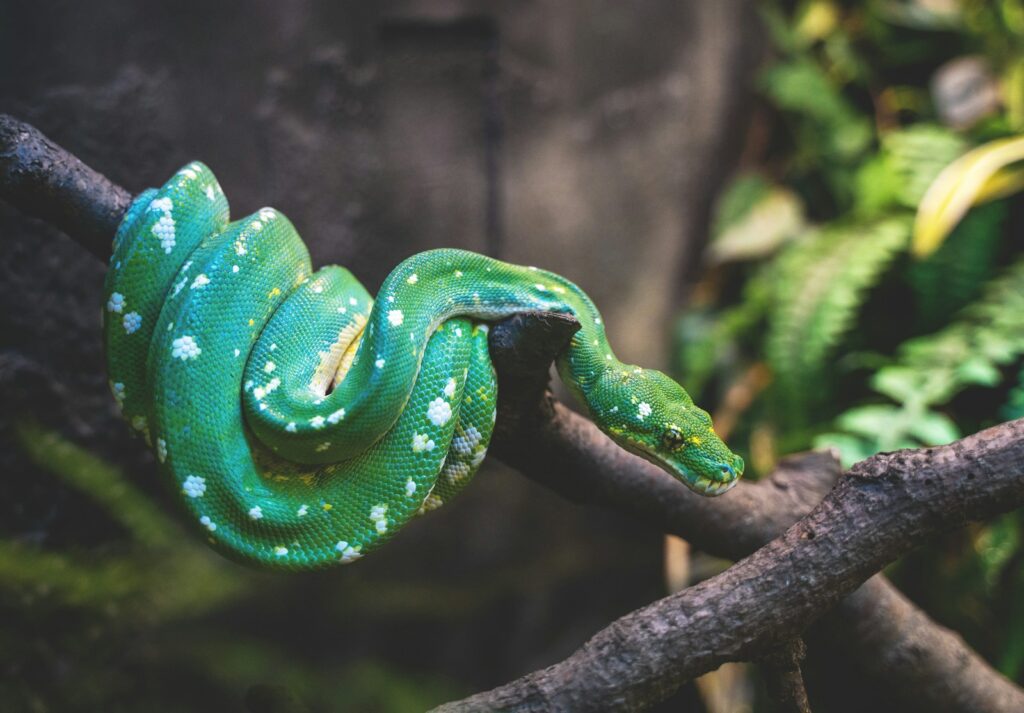
In Kabbalistic tradition, particularly as it influenced Western esoteric alchemy, serpents appear in connection with the Tree of Life—a diagram representing the path to divine understanding. The serpent Nehushtan winds its way through the ten sephiroth (divine emanations), representing both the fall from divine unity and the path back to it. When medieval and Renaissance alchemists integrated Kabbalistic concepts into their work, this serpentine path became associated with the stages of alchemical transformation—climbing from the material realm at the bottom of the tree toward spiritual perfection at the top. Some esoteric interpretations even depict multiple serpents on the Tree of Life, representing different energetic currents or paths of initiation. This integration of serpent symbolism with the Kabbalistic tree created a comprehensive map for spiritual and material transformation that continues to influence modern esoteric practices.
Serpents in Alchemical Laboratory Processes

Beyond their philosophical significance, serpents featured prominently in the practical language of alchemical laboratory work. Alchemists often described substances with serpentine properties or behaviors using serpent imagery—mercury, with its liquid, mobile nature, was frequently represented as a serpent. The coiled tubes of alchemical distillation apparatus resembled serpents, leading to names like “serpentine condenser” for certain equipment. The winding, circular processes of distillation and sublimation were described in serpentine terms, with materials “rising like serpents” during heating or “coiling back” during condensation. Even the observation of chemical reactions sometimes employed serpent metaphors—the “hissing” of acids on metals or the “writhing” of substances during transformation reinforced the connection between laboratory processes and serpentine movement.
The Green Dragon and Mercury
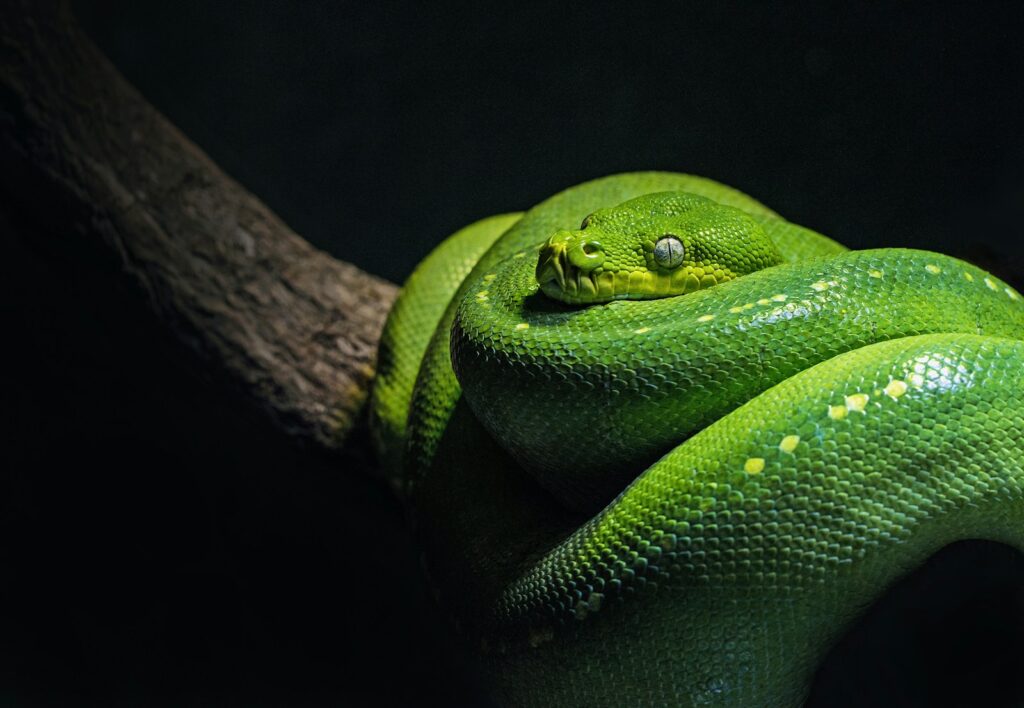
In the symbolism of later Western alchemy, the green dragon or serpent came to represent vitriol (sulfuric acid) and its powerful solvent properties. This corrosive substance dissolved metals in a process alchemists saw as analogous to the mythological dragon devouring its prey. The green color referenced both the appearance of certain copper-containing vitriols and the association with vegetation and growth—suggesting that dissolution was necessary for new creation. Mercury, the quicksilver substance essential to many alchemical operations, was also frequently depicted as a serpent due to its liquid, mobile nature. The relationship between these serpentine substances—the dissolving green dragon and the mercurial serpent—embodied the alchemical principle that matter must be broken down (solved) before it can be reconstituted (coagulated) in a more perfect form.
Serpents in Rosicrucian and Masonic Symbolism

As alchemy evolved into more elaborate esoteric systems during the Renaissance and beyond, serpent symbolism remained central to traditions like Rosicrucianism and Freemasonry. Rosicrucian imagery often featured serpents as guardians of hidden knowledge, coiled around roses or crosses in illustrations representing their philosophical system. In Masonic symbolism, serpents appear in various contexts—from the ouroboros encircling the compasses and square to serpentine borders on ceremonial objects representing wisdom. Both traditions preserved the alchemical understanding of the serpent as a symbol of transformation and hidden knowledge, while adding layers of meaning related to their specific initiation systems. The persistence of serpent imagery in these later esoteric movements demonstrates how this symbol continued to evolve while maintaining its core associations with wisdom, transformation, and the guardianship of sacred mysteries.
The Serpent in Carl Jung’s Alchemical Psychology
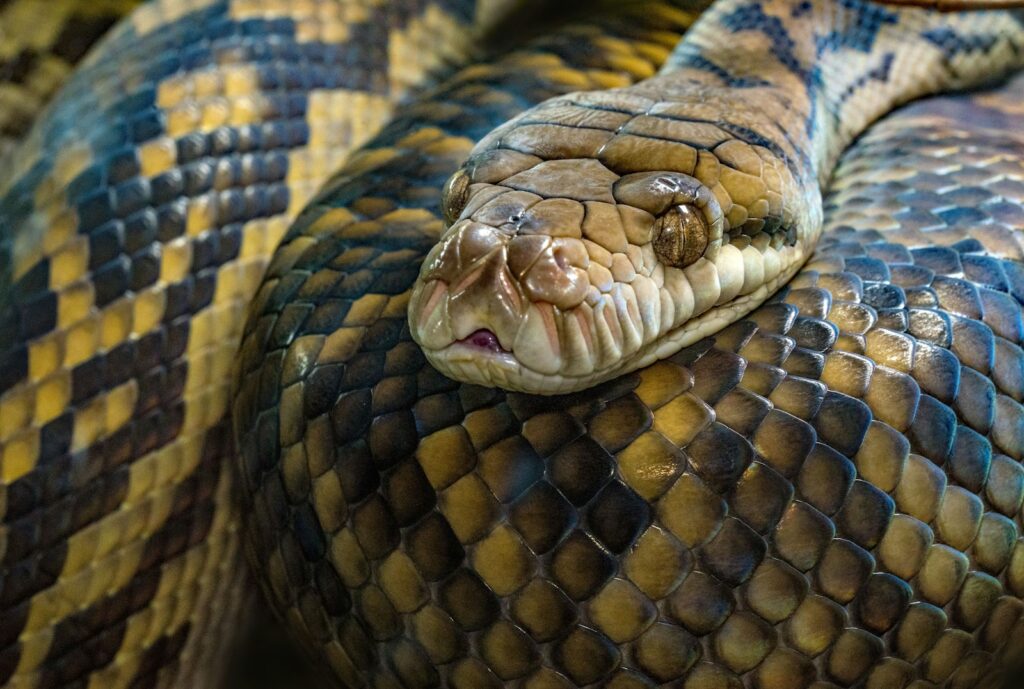
Carl Jung’s psychological interpretation of alchemy brought new dimensions to serpent symbolism in the modern era. Jung viewed the serpent as a powerful archetype of the collective unconscious, representing both the shadow aspects of the psyche and the potential for psychological integration and wholeness. In his analyses of alchemical texts and imagery, Jung identified the serpent as a symbol of the unconscious libido or life force that must be recognized and integrated rather than repressed. For Jung, alchemical processes involving serpents represented psychological transformation—the nigredo (blackening) phase where the serpent appears threatening corresponds to confronting the shadow, while the albedo (whitening) represents the integration of these elements into conscious awareness. Jung’s work revitalized interest in alchemical serpent symbolism by connecting it to the modern understanding of psychological development and individuation.
Contemporary Esoteric Interpretations
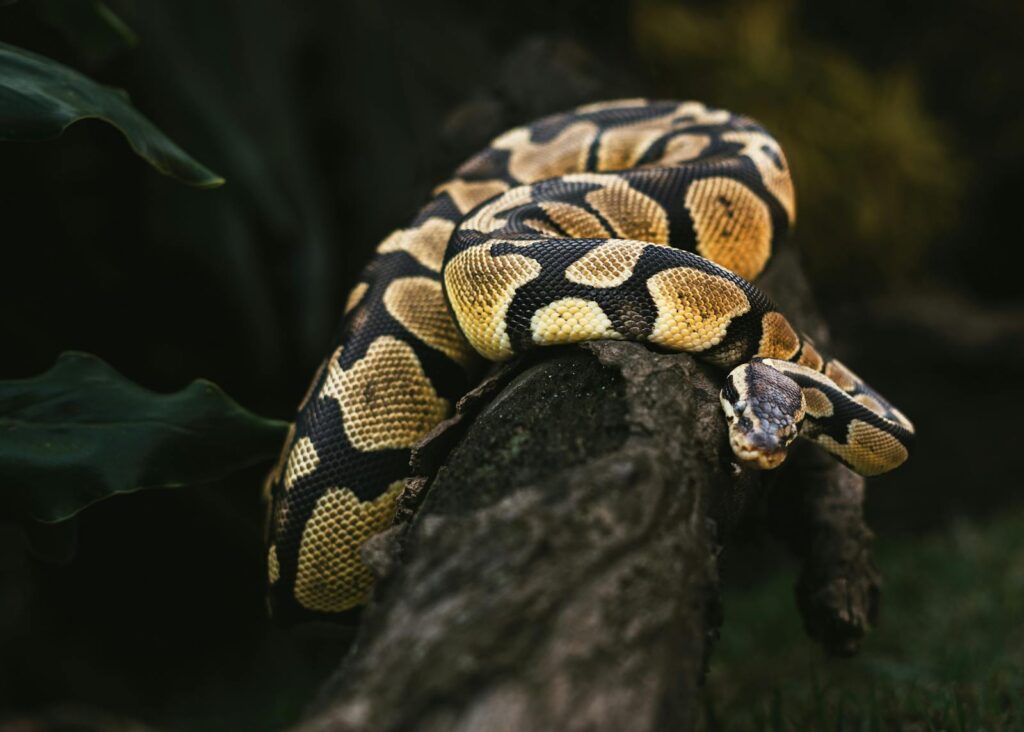
In contemporary esoteric traditions, from chaos magic to neo-alchemy, serpent symbolism continues to evolve while maintaining its connection to transformation and hidden knowledge. Modern practitioners often synthesize diverse serpent traditions—drawing connections between kundalini energy work, alchemical transformation, and psychological integration in their spiritual practices. The serpent has become a versatile symbol in contemporary esotericism, representing everything from DNA (with its double-helix structure resembling intertwined serpents) to quantum energy fields and consciousness evolution. Many modern esoteric systems view the serpent as a symbol of personal empowerment and liberation from conventional thinking—echoing the Gnostic interpretation of the serpent as a bringer of knowledge. This adaptability demonstrates the enduring power of serpent symbolism to address humanity’s perennial questions about transformation, consciousness, and our place in the cosmos.
The Serpent as Universal Wisdom Symbol

Across the diverse landscape of alchemical and esoteric traditions, the serpent emerges as a remarkably consistent symbol of wisdom and the guardian of profound knowledge. This association appears too universal to be coincidental, suggesting something in the serpent’s nature speaks deeply to the human psyche across cultural boundaries. Perhaps it is the snake’s penetrating gaze, its mysterious movement without limbs, or its ability to navigate both underground and surface worlds that makes it such a powerful metaphor for wisdom that transcends ordinary understanding. In nearly every tradition examined, the serpent represents knowledge that transforms—not merely intellectual information, but wisdom that fundamentally changes the seeker. This transformative wisdom often carries a paradoxical quality, represented by the serpent’s dual nature as both healer and poisoner, destroyer and creator—reflecting the alchemical understanding that true wisdom embraces complementary opposites rather than excluding them.
The serpent’s journey through alchemical and esoteric symbolism reveals how deeply this creature has intertwined with humanity’s quest for transformation and hidden knowledge. From ancient alchemical laboratories to modern psychological interpretations, the snake continues to represent our paradoxical relationship with change—both feared and desired, dangerous yet necessary. Whether seen in the ouroboros encircling the cosmos, the kundalini rising through the chakras, or the caduceus balancing opposing forces, serpent symbolism speaks to the universal human experience of transformation. In an age where change occurs at unprecedented rates, these ancient serpent symbols remind us that transformation has always been at the heart of human experience—and that wisdom often comes through embracing, rather than resisting, the shedding of our old skins as we evolve into new understanding. The serpent, in all its manifestations, continues to guide us through this eternal process of death and rebirth, dissolution and coagulation, that defines both the alchemical Great Work and the ongoing journey of human consciousness.

